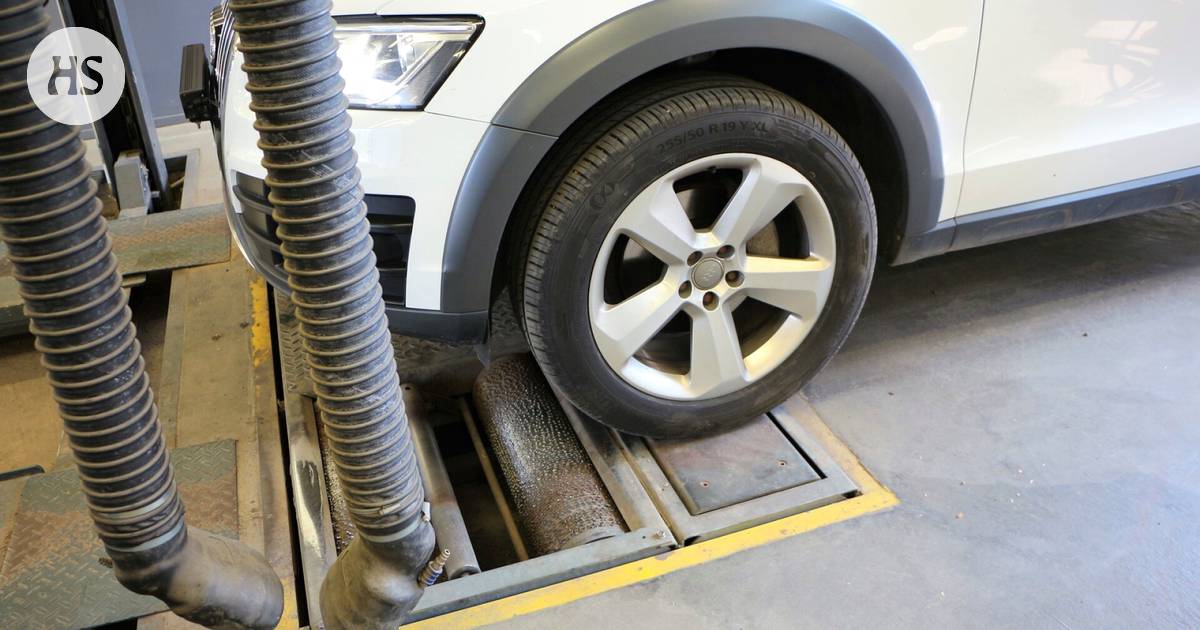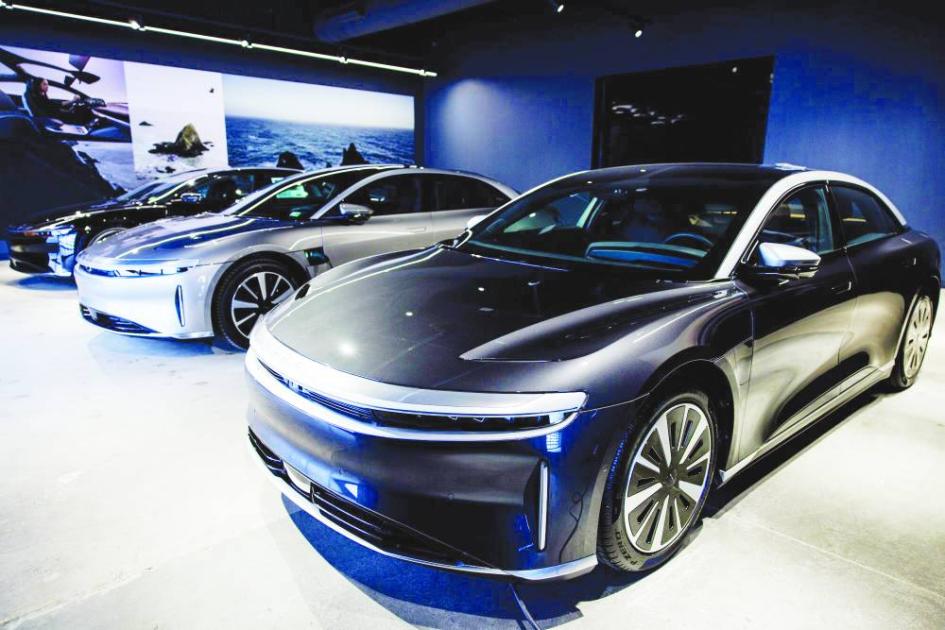The surge in rejection rates for electric cars during periodic inspections in Finland is largely attributed to the growing number of electric vehicles on the road. In 2023, nearly 28% of the inspected cars were rejected, up from 27.7% in the previous year. The leading expert at the Finnish Transport and Communications Agency, Teemu Toivanen, explains that this increase is due to the larger weight of electric cars and their unique challenges, such as the greater sensitivity to failure caused by their batteries.
Electric cars have become increasingly popular in recent years, with nearly 7,800 visited inspection stations last year compared to just under 3,200 in the second year. Despite being relatively new to the market, electric cars are subject to statutory inspections like other passenger cars, with the frequency depending on the car’s age. However, some models are still so new that they have not yet been inspected, making it difficult to determine their failure sensitivity.
One common fault found during inspection was looseness in control arms that kept tires under control. This issue was partly explained by the larger mass of electric cars and their unique challenges posed by their batteries. Toivanen notes that many electric cars have a battery weighing around half a tonne, which can make them more sensitive to failure than other passenger cars.
Looking at all types of vehicles combined, nearly every tenth car was rejected or received a repair request due to front axle faults or light problems during inspection. It’s important for drivers to check their vehicle’s lights before inspection and regularly maintain them as part of general vehicle care and traffic safety.



